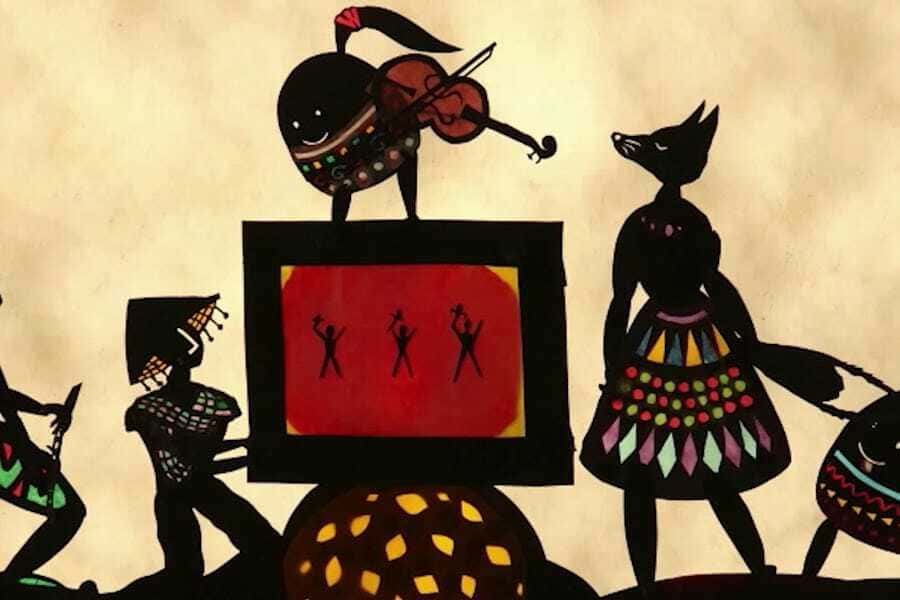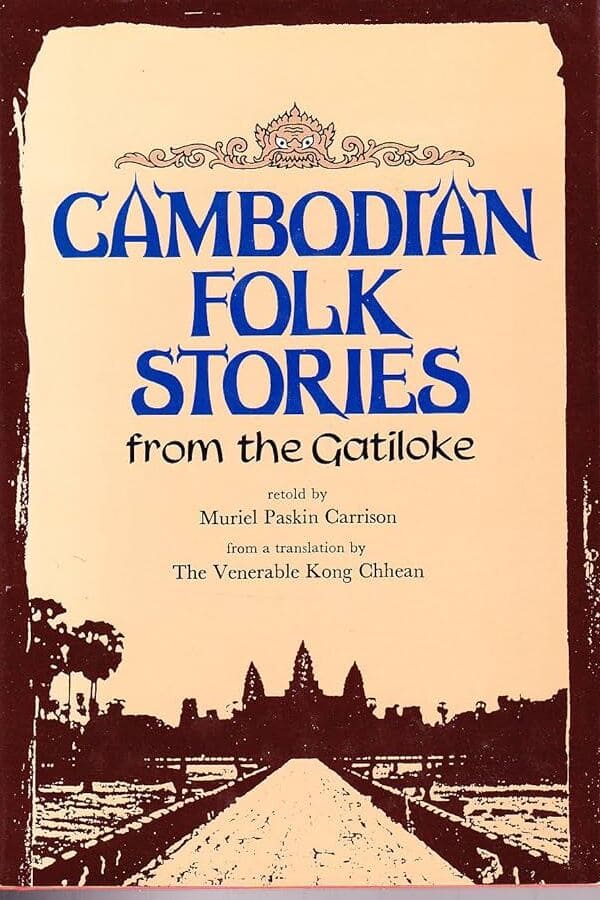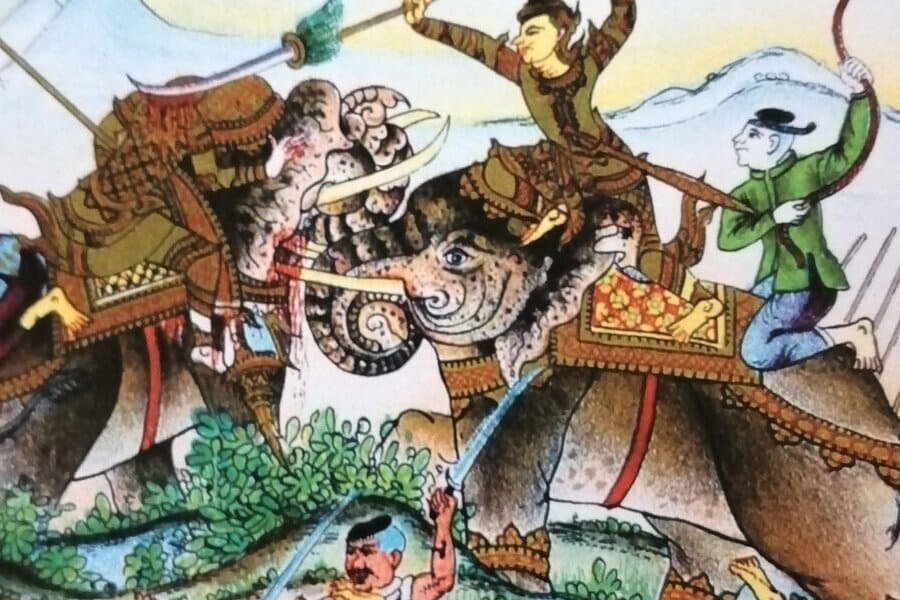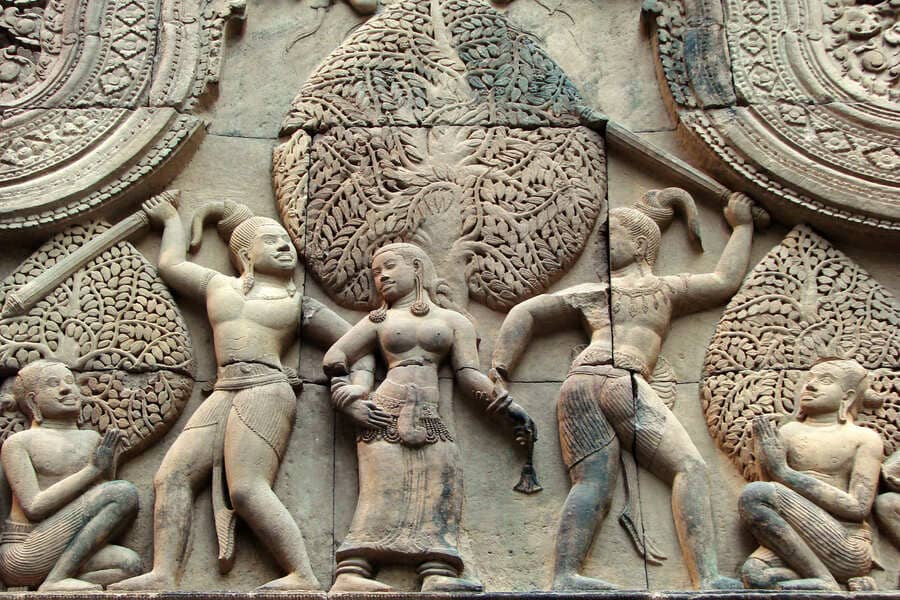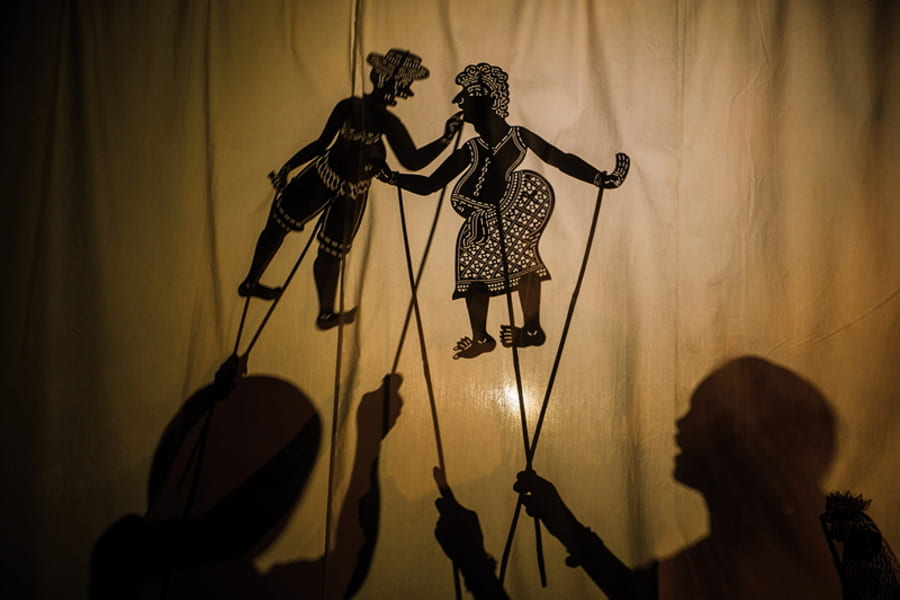Embarking on a cambodia trip is not just a journey through breathtaking landscapes and ancient temples; it's an immersive exploration of the country's rich cultural tapestry. At the heart of Cambodia's cultural heritage lies a treasure trove of folk tales and legends that offer a captivating glimpse into the soul of the nation. These age-old tales, passed down through generations, serve as windows into the collective imagination, wisdom, and values of the Khmer people.
Contents
Overview of Cambodian Folklore and Legends
The origin of Cambodian Folklore and Legends
The origin of Cambodian folklore and legends traces back to the ancient roots of Khmer civilization, steeped in a rich tapestry of oral tradition, religious beliefs, and cultural practices. Dating back thousands of years, Cambodian folklore emerged as a means of passing down cultural knowledge, preserving historical memory, and instilling moral lessons within the community.
At the heart of Cambodian folklore are myths and legends that reflect the Khmer people's deep reverence for nature, spirituality, and the supernatural. Many Cambodian folk tales are intertwined with Hindu and Buddhist mythology, which have profoundly influenced Khmer culture and society over the centuries.
The epic Ramayana and Mahabharata, ancient Indian texts that were introduced to Cambodia during the Khmer Empire, serve as sources of inspiration for many Cambodian folk tales and legends. These stories, adapted and reinterpreted through the lens of Khmer culture, have become an integral part of Cambodia's storytelling tradition.
Cambodian folklore also draws upon local legends, historical events, and everyday life experiences to create a diverse tapestry of narratives that resonate with audiences of all ages. From tales of heroic kings and mythical creatures to stories of love, betrayal, and redemption, Cambodian folklore reflects the timeless themes and universal truths that transcend generations.
Over the centuries, Cambodian folklore has been transmitted orally from generation to generation, with storytellers, elders, and shamans serving as custodians of this rich cultural heritage. Today, Cambodian folk tales continue to thrive in various forms, including oral storytelling, literature, visual arts, and performing arts, keeping alive the spirit of storytelling and connecting Cambodians to their cultural roots.
The main characteristics of Cambodian's folk tales and legends
Cambodian folk tales and legends exhibit several distinctive characteristics that set them apart and contribute to their enduring appeal and cultural significance. Some of the main characteristics of Cambodian folk tales and legends include:
Moral Lessons:
Cambodian folk tales often convey moral and ethical lessons that impart wisdom and guidance to listeners. These moral lessons, which are usually embedded within the narrative, teach virtues such as courage, honesty, kindness, and humility, providing listeners with practical guidance for navigating life's challenges and dilemmas.
Mythological Elements:
Many Cambodian folk tales and legends incorporate elements of mythology, drawing inspiration from Hindu and Buddhist cosmology, as well as local beliefs and traditions. Mythical creatures such as Nagas (serpent deities), Garudas (bird-like creatures), and Asuras (demonic beings) often populate these stories, adding a sense of magic and wonder to the narrative.
Historical Context:
Cambodian folk tales and legends are often rooted in historical events, figures, and settings, providing insights into Cambodia's rich cultural heritage and historical legacy. These stories may reference ancient kings, queens, battles, and dynasties, offering glimpses into the country's storied past and the lives of its people.
Cultural Identity:
Cambodian folk tales and legends play a crucial role in shaping and preserving Cambodia's cultural identity, reflecting the values, beliefs, and traditions of the Khmer people. These stories celebrate the resilience, creativity, and ingenuity of Cambodian society, fostering a sense of pride and connection among listeners.
Oral Tradition:
Cambodian folk tales have been traditionally transmitted orally from generation to generation, with storytellers, elders, and shamans serving as custodians of this rich cultural heritage. The oral tradition of storytelling allows for flexibility, adaptation, and improvisation, enabling each storyteller to imbue the narrative with their unique style and perspective.
Universal Themes:
While rooted in Cambodian culture and history, many Cambodian folk tales and legends explore universal themes and emotions that resonate with audiences across cultures and time periods. Themes such as love, jealousy, betrayal, loyalty, and redemption are commonly found in Cambodian folklore, reflecting the universal human experience.
Heroic Characters:
Cambodian folk tales often feature heroic characters who embark on epic journeys, face formidable challenges, and overcome adversity through courage, wit, and determination. These heroic figures serve as role models and inspirations for listeners, embodying the ideals of bravery, selflessness, and resilience.
The influence of Cambodian Folk Tales and Legends
The influence of Cambodian folk tales and legends permeates every aspect of Cambodian culture, from literature and art to religion, education, and daily life.
Cultural Identity and Pride:
Cambodian folk tales and legends embody the cultural identity and heritage of the Khmer people, instilling a sense of pride and belonging within the community. These stories celebrate the resilience, wisdom, and creativity of the Khmer civilization, fostering a deep connection to Cambodia's rich cultural legacy.
Moral and Ethical Guidance:
Many Cambodian folk tales convey moral and ethical lessons that guide behavior and decision-making in everyday life. Through the triumphs and trials of legendary heroes and heroines, these stories impart timeless wisdom and virtues such as courage, honesty, compassion, and perseverance, serving as moral compasses for individuals and society as a whole.
Religious and Spiritual Beliefs:
Cambodian folk tales often intertwine with Hindu and Buddhist mythology, reflecting the profound influence of these religions on Khmer culture and spirituality. Many legendary figures and mythical creatures are associated with Hindu gods and goddesses or Buddhist teachings, reinforcing religious beliefs and practices among the Khmer people.
Literature and Artistic Expression:
Cambodian folk tales inspire a wealth of literary works, visual arts, and performing arts that celebrate the beauty and complexity of Khmer culture. From traditional dance and music performances to contemporary literature and visual arts, these stories serve as enduring sources of inspiration for artists, writers, and performers, enriching Cambodia's artistic heritage.
Educational Tool:
Cambodian folk tales are often used as educational tools in schools and communities to teach children about their cultural heritage, history, and values. Through storytelling, children learn about Khmer mythology, history, and traditional customs, fostering a sense of pride in their cultural identity and a deeper understanding of Cambodia's rich heritage.
Community Cohesion and Social Cohesion:
Cambodian folk tales play a vital role in fostering community cohesion and social cohesion by bringing people together through shared storytelling experiences. Whether told around a campfire, at village gatherings, or during religious festivals, these stories strengthen bonds within communities, passing down cultural knowledge and fostering a sense of unity among the Khmer people.
Some of the most well-known and beloved folk tales and legends in Cambodia
Cambodian folklore is replete with a diverse array of captivating tales and legends that have been cherished by generations of Khmer people. Here are some of the most well-known and beloved folk tales and legends in Cambodia:
The Legend of Preah Thong and Neang Neak:
This legendary tale tells the story of Preah Thong, a brave prince, and Neang Neak, a beautiful princess, who embark on a perilous journey to find the magical land of Kambuja. Along the way, they encounter numerous challenges and adversaries before ultimately triumphing over evil and establishing the Khmer civilization.
The Origin of the Khmer People:
According to Khmer mythology, the Khmer people are descended from the union of the Indian sage Kambu Svayambhuva and the Naga princess Mera, who gave birth to a daughter named Kaundinya. Kaundinya later married the sage, establishing the lineage of the Khmer royal family and laying the foundation for the Khmer civilization.
The Legend of the Naga:
The Naga, a mythical serpent with a multi-headed form, is a prominent figure in Cambodian folklore and religious beliefs. According to legend, the Naga resides in the depths of the Mekong River and is revered as a guardian spirit of the waters, bestowing blessings and protection upon the Khmer people.
The Legend of the Bamboo Stalk:
This popular folk tale tells the story of a humble bamboo stalk that transforms into a beautiful woman, symbolizing purity, resilience, and transformation. The tale is often associated with themes of love, sacrifice, and the transformative power of nature.
The Tale of the Churning of the Ocean of Milk:
Derived from Hindu mythology, this epic tale recounts the cosmic struggle between gods and demons as they churn the Ocean of Milk to extract the elixir of immortality. The story is replete with mythical creatures, divine beings, and moral lessons that resonate deeply within Cambodian culture.
The Story of Sovann Macha and Rama:
This romantic legend tells the story of Sovann Macha, a mermaid princess, who falls in love with Rama, a mortal prince. Their forbidden love affair is fraught with obstacles and challenges, including the wrath of Sovann Macha's jealous sister, resulting in tragic consequences for the star-crossed lovers.
Cambodian folk tales and legends offer a captivating glimpse into the rich tapestry of Cambodian culture and heritage. These timeless stories, passed down through generations, provide valuable insights into the beliefs, values, and traditions of the Khmer people. By delving into these narratives, we not only gain a deeper understanding of Cambodia's cultural identity but also appreciate the resilience and creativity of its people. As we continue to explore and preserve these cherished tales, we honor the legacy of Cambodia's storytelling tradition and celebrate its enduring impact on the nation's cultural landscape.

